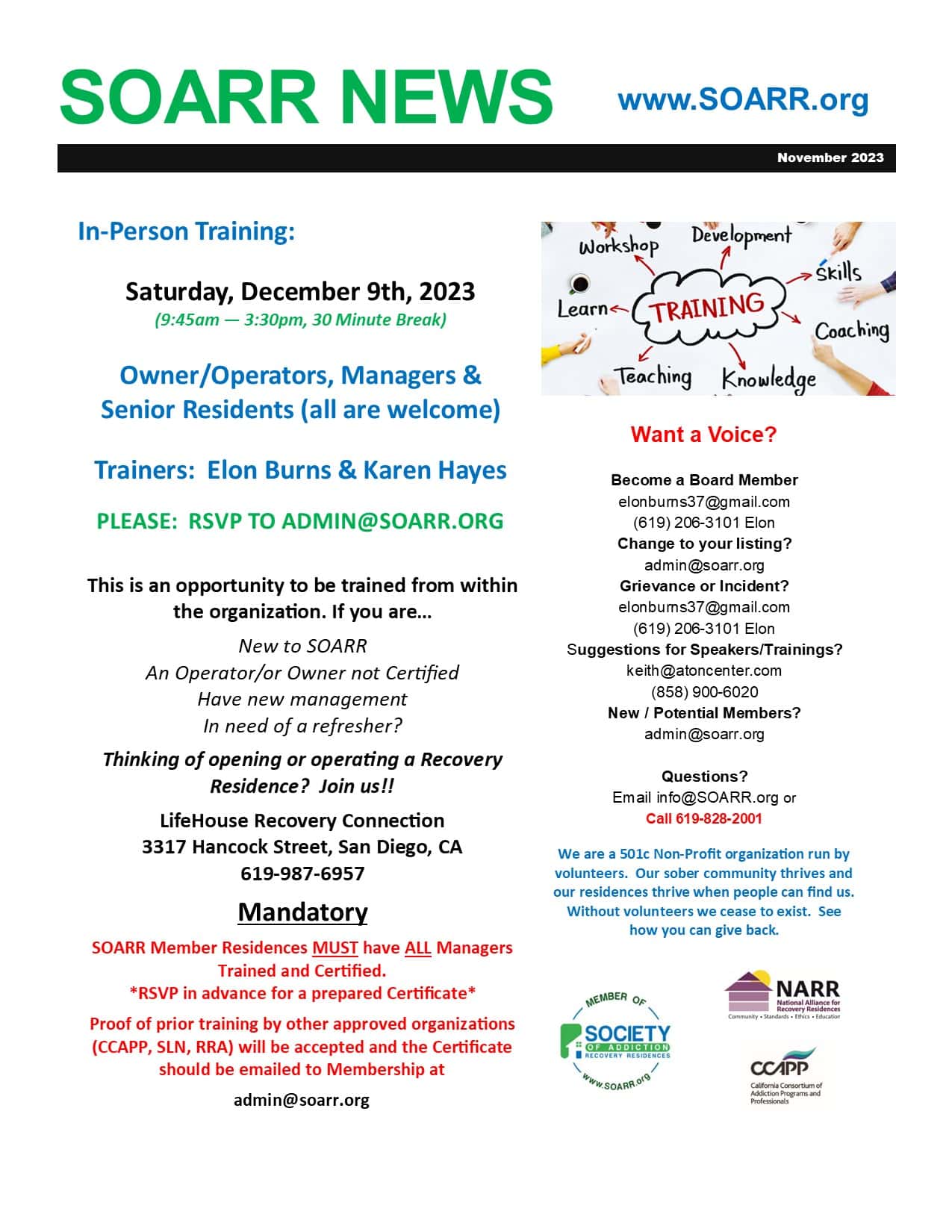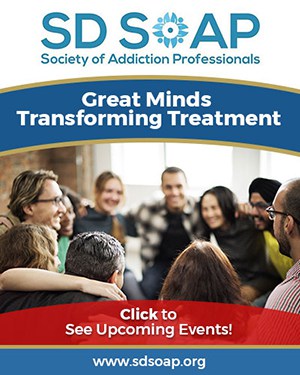Street drugs are often adulterated with various substances, but most people don’t think about that when they’re using them. However, in the past few years, fentanyl has been found as an additive in many street drugs. Many adulterants can pose significant health risks to those who use them. The exact composition of adulterants can vary widely depending on the location, the specific drug, and the individual dealer.
What Are Adulterants?
Many pollutants are fillers and cutting agents, meant to make it seem like a person is buying more drugs than they actually are. Typically, drug dealers use substances like talcum powder, baking soda, cornstarch, or even sugar. Sometimes, completely different medicines may be mixed with or sold as an other drug altogether.
Caffeine is sometimes added to stimulant drugs to increase their stimulating effects, though this can be dangerous due to the risk of excessive cardiovascular issues.
Some drugs may be laced with other drugs, such as synthetic opioids, synthetic cannabinoids (Spice or K2), or toxic compounds like fentanyl, which can be deadly in small amounts.
For example, cocaine may be cut with synthetic stimulants or opioids like fentanyl. This is highly dangerous because people who use cocaine may not have a tolerance to opioids, which can cause a deadly overdose.
Inert substances like laundry detergent or crushed glass may create a specific texture or appearance, fooling users into thinking the drug is higher quality. Substances may be added to give the drug a different color, texture, or smell to make it appear more attractive.
The presence of adulterants makes it difficult for users to predict the drug’s effects, potency, or duration, increasing the risk of adverse reactions. Contaminants like fentanyl, which is highly potent, can lead to overdose, especially when users are unaware of its presence in their drugs. Inaccurate dosing can increase tolerance and dependence, as users may consume more of the drug to achieve the desired effects.
Fentanyl is an Addictive Adulterant
Adulterants like fentanyl can cause a range of serious and potentially life-threatening problems. Fentanyl is a highly potent synthetic opioid, much stronger than heroin and morphine. People who unknowingly consume fentanyl through adulterated drugs can experience severe withdrawal symptoms when they try to quit or cut down on drug use, which can be physically and psychologically distressing.
Sometimes, fentanyl is sold as Oxycontin, an opioid that doctors prescribe. Drug dealers can press the drugs and make them look like the real thing; unfortunately, the drug user ends up with something much stronger. Fentanyl is a highly addictive drug, and if a person begins to use it regularly, they will experience withdrawal and cravings when they are not using it. These can be intense.
Addiction, Fentanyl and Xylazine
Some people addicted to fentanyl have also taken a drug called tranq dope, which is xylazine and fentanyl mixed.
Xylazine is a drug meant to sedate larger animals like horses for surgery; it was never intended for humans. Xylazine is one of the adulterants that can cause a longer high, but most of it is spent unconscious, seemingly in a trance or fast asleep. Many people take the drug while standing and hunch over, unable to get to the ground or stand up. Tranq dope also causes lesions in its users, which can lead to infection and amputation in addicted users.
Adulterants like xylazine have never been tested in humans, and they may lead to unpredictable, dangerous side effects. Many people addicted to the drug have experienced painful, dangerous skin lesions. People who overdose on the drug may need Narcan, an opioid-overdose reversal tool, and CPR, which must be used to restart the heart if a person overdoses on a sedative.
Considering Recovery Housing?
If you or somebody you love is interested in joining a steadfast, supportive housing situation, we’re here to help.
We also help set the standards for recovery houses in the region! Get in touch to learn more about our recovery communities or how to join us.





